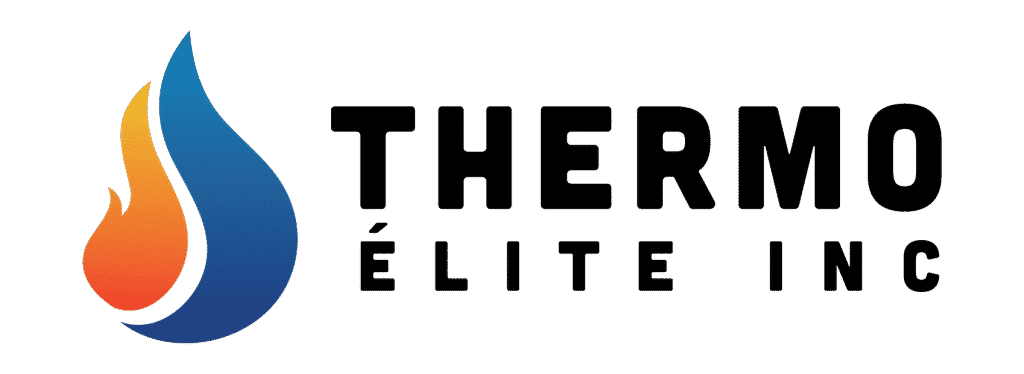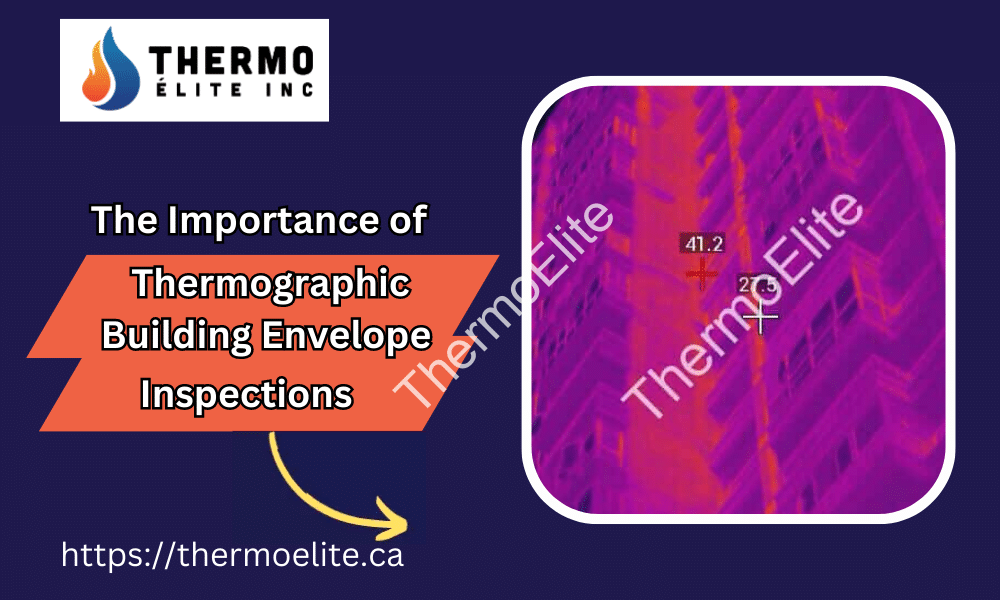The concept of a building envelope – the physical barrier between the conditioned and unconditioned environment of a building – might be obscure to the average individual. But to construction professionals, facilities managers, and energy auditors, the term carries substantial significance. In recent years, the demand for a specific type of diagnostic service has surged: Thermographic Building Envelope Inspections. This cutting-edge inspection technique is fundamentally reshaping our understanding and management of buildings.
What are Thermographic Building Envelope Inspections? At its core, this process involves the use of infrared imaging and thermal cameras to visualize and quantify energy losses within a building. With these inspections, professionals can gain a deeper understanding of any air leakage, insulation issues, or moisture intrusion occurring within the building envelope.
Why are Thermographic Building Envelope Inspections Important?
Energy efficiency is more critical than ever before, both from an environmental and economic perspective. Buildings in the United States are responsible for approximately 40% of the country’s total energy consumption, according to the U.S. Energy Information Administration. Ensuring optimal energy efficiency is, therefore, an urgent imperative.
Thermographic Building Envelope Inspections can play a pivotal role in achieving this. By revealing thermal inefficiencies in a building envelope that might not be noticeable to the naked eye, these inspections help identify potential avenues for improving a building’s overall energy efficiency.
Detecting Insulation Issues
Inadequate or improperly installed insulation is a significant cause of energy loss in buildings. Thermographic inspections can identify inconsistencies in the insulation, including gaps, compression, or moisture-laden areas. For instance, during an inspection of a commercial building in New York, thermographic imagery revealed substantial heat loss due to poorly installed insulation in the walls and roof. This discovery led to targeted improvements, resulting in a 25% reduction in heating costs.
Identifying Air Leaks
Air leakage is another common issue impacting energy efficiency. Thermographic Building Envelope Inspections can help spot these elusive drafts. A case study involving a school building in California found several unsuspected areas of air leakage, notably around windows and doors. Corrective actions taken based on the thermographic inspection led to a 30% decrease in the building’s annual energy expenditure.
Uncovering Moisture Intrusion
Moisture intrusion can have serious implications, leading to mold growth, structural decay, and poor indoor air quality. Traditional inspections often miss these issues until it’s too late. However, since water has a different thermal signature than surrounding materials, thermographic inspections can easily detect moisture presence. A historic building in Boston was able to avoid significant structural damage when a routine thermographic inspection revealed a hidden water leak in the roof, well before any physical signs of damage were visible.
The Future of Thermographic Building Envelope Inspections
The importance of Thermographic Building Envelope Inspections extends beyond immediate energy savings. The data collected can help plan future building maintenance, contribute to long-term sustainability efforts, and even inform smarter architectural design practices. It’s no surprise then that the market for infrared inspections is expected to grow by 8.5% annually, according to a report by Transparency Market Research.
The Versatility of Thermographic Building Envelope Inspections
One of the reasons Thermographic Building Envelope Inspections are gaining traction is their versatility. They can be used for both commercial and residential buildings, spanning from skyscrapers to suburban homes. This broad applicability means that the potential energy savings and sustainability benefits can be realized across various sectors of society.
Increased Cost Savings
Moreover, the cost savings achieved through these inspections are noteworthy. The U.S. Department of Energy reports that thermographic inspections can help homeowners save between 5% and 20% on their heating and cooling costs by identifying and rectifying energy losses. These savings can make a significant difference in the long run, particularly for businesses with substantial premises.
Supporting Green Building Certification
In the context of sustainability, Thermographic Building Envelope Inspections also provide critical support for green building certifications like LEED (Leadership in Energy and Environmental Design). With its ability to detect and document energy inefficiencies, thermography aids in meeting energy conservation prerequisites and earning credits towards certification.
Improved Occupant Comfort
Beyond energy savings, these inspections can also contribute to improved occupant comfort. By identifying and rectifying issues like drafts, cold spots, and moisture intrusion, buildings can provide a more comfortable and healthier environment for their inhabitants. In turn, this can lead to increased productivity in workplaces and enhanced well-being in homes.
Innovation in Thermographic Inspections
Looking ahead, innovations in thermographic technology promise to make Thermographic Building Envelope Inspections even more effective. Advanced thermal cameras now offer higher resolution and sensitivity, allowing for even more accurate detection of energy inefficiencies. Meanwhile, the integration of thermography with drone technology is enabling inspections of large or hard-to-reach areas, increasing the scope and safety of inspections.
Conclusion
In conclusion, the importance of Thermographic Building Envelope Inspections cannot be overstated. As our world grapples with the dual challenges of energy conservation and climate change, these inspections provide a powerful tool for making our buildings more energy-efficient, comfortable, and sustainable.
From identifying insulation issues and air leaks to detecting moisture intrusion and informing green building practices, thermographic inspections serve multiple purposes. They offer significant cost savings, support sustainability efforts, and promote healthier indoor environments. As technology continues to advance, we can expect these inspections to become even more integral to our efforts to create a more sustainable and energy-efficient built environment. The future of thermography in building inspections is not just promising; it’s essential. As the saying goes, “An ounce of prevention is worth a pound of cure,” and there is no better way to illustrate this than the growing importance of Thermographic Building Envelope Inspections.



Add Comment